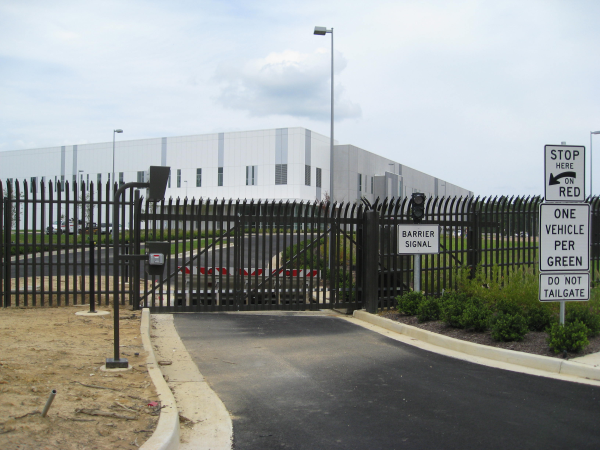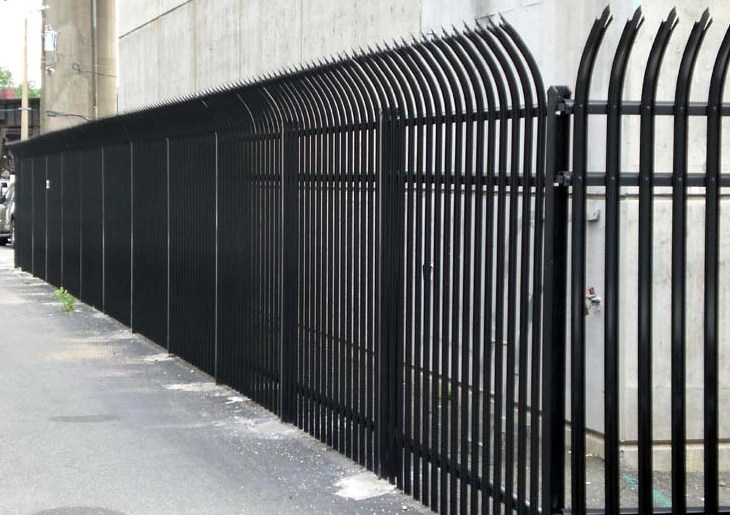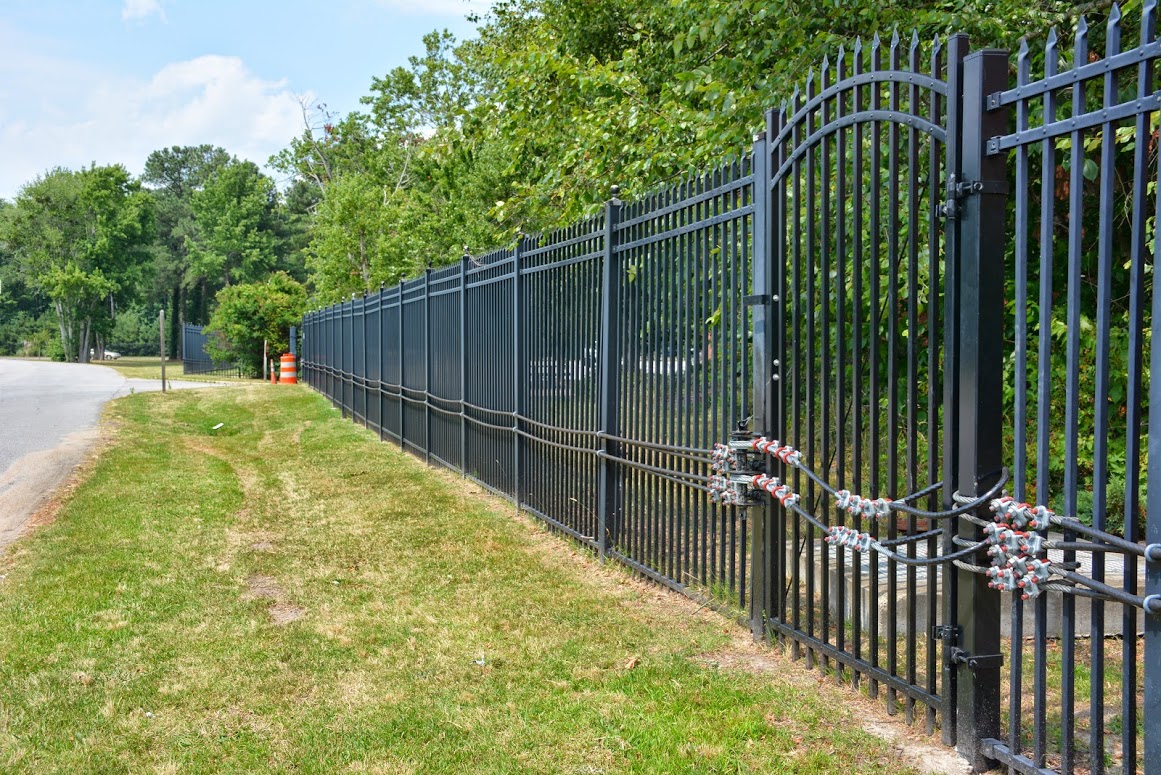2025-09-25 08:25:13 am | | 
|
ANTI TERRORISM FORCE PROTECTION (ATFP) The United States Marines defines Antiterrorism/Force Protection as a “security program designed to protect military personnel, civilian employees, family members, facilities, and equipment in all locations and situations from the calculated use of violence or threat of violence to inculcate fear, intended to coerce or to intimidate governments or societies in the pursuit of goals that are generally political, religious or ideological.†| AT/FP perimeter security systems are generally used when the highest level of protection is needed. They are used around government buildings like the Pentagon, prisons, jails, nuclear power plants, Federal Reserve banks and other high-security buildings. ATFP systems are designed to reduce the vulnerability of and to protect lives, facilities, equipment and information. In fencing, Anti-Terrorism & Force Protection refers to how much force a structure can withstand before becoming compromised by an attacker. |
The following ratings have been used to issue contracts for Crash Rated Fences since 2000: - K4 rating is for a vehicle traveling 30 mph
- K8 rating is for a vehicle traveling 40 mph
- K12 rating is for a vehicle traveling 50 mph
K-Ratings are levels of barrier protection as determined by the Department of State (DoS). A 'K' Rating is also known as a Crash Test Certification. K Ratings are given to a fence, bollard, gate, or other barrier to indicate how effective that barrier is at protecting what it is guarding by measuring the barrier's stopping power in relation to the speed and weight to an incoming vehicle. The standard unit of measurement is based on a 15,000 lb. (6810 kg.) gross weight vehicle impacting a barrier perpendicularly. In order to be DOS certified, the barrier must not bend beyond 39 inches past the preventative impact boundary of the barrier when penetrated by a vehicle. | What kind of wrought-iron, steel, or aluminum ornamental type of Fence is ATFP Compliant? Steel fences are the Anti-Terrorism/Force Protection standard for high-security government buildings; but basically any commercial or residential fence can be made ATFP compliant by installing cable or beam reinforcements. Steel cables are cemented into the ground and wrung along the accompanying fence or gate. Bollards are short and thick (iron or steel) metal posts set at even intervals. They are often times used to control traffic, but bollards can also be used to make certain fencing ATFP compliant. Reinforcement measures and ornamental fences can make AT/FP fence or gate requirements very expensive. Part of the United States Policy on Terrorism dictates that all lawful measures to prevent [terrorism] acts and bring to justice those who commit them will be taken. Therefore, while Anti-Terrorism Force Protection fencing systems may be costly, they are often necessary. |





